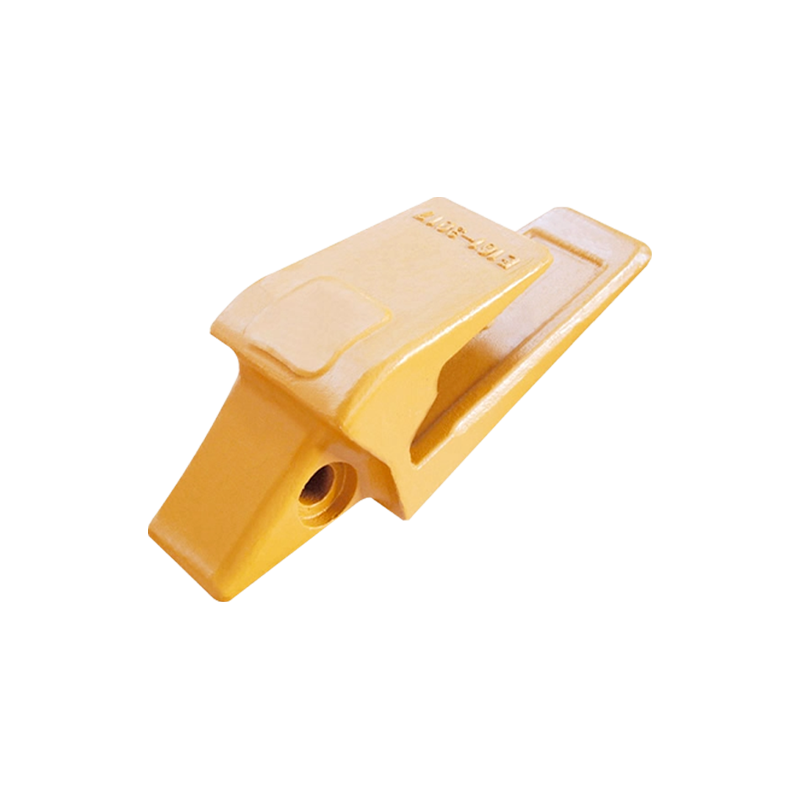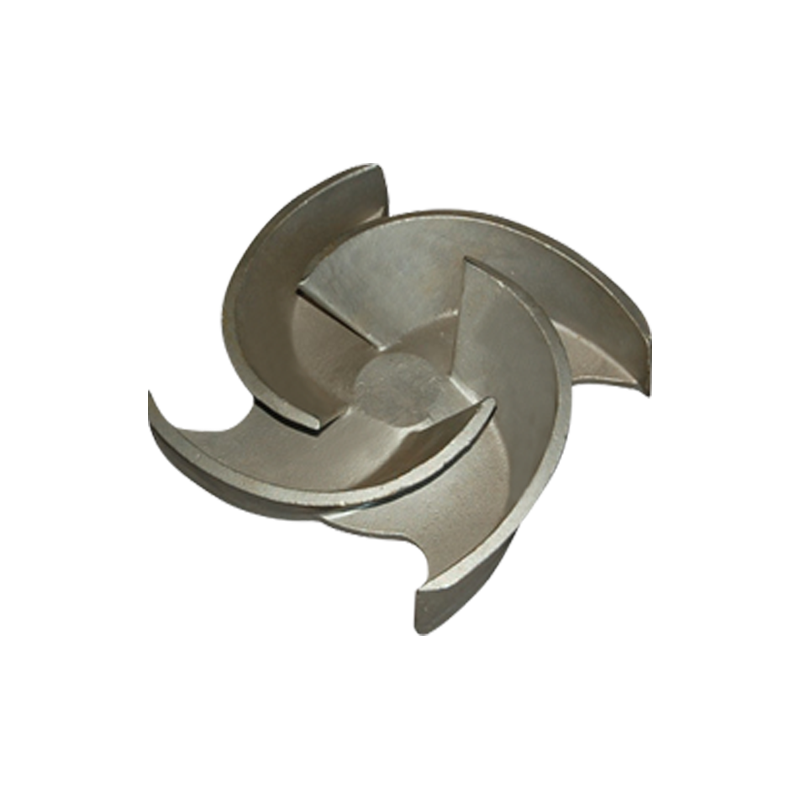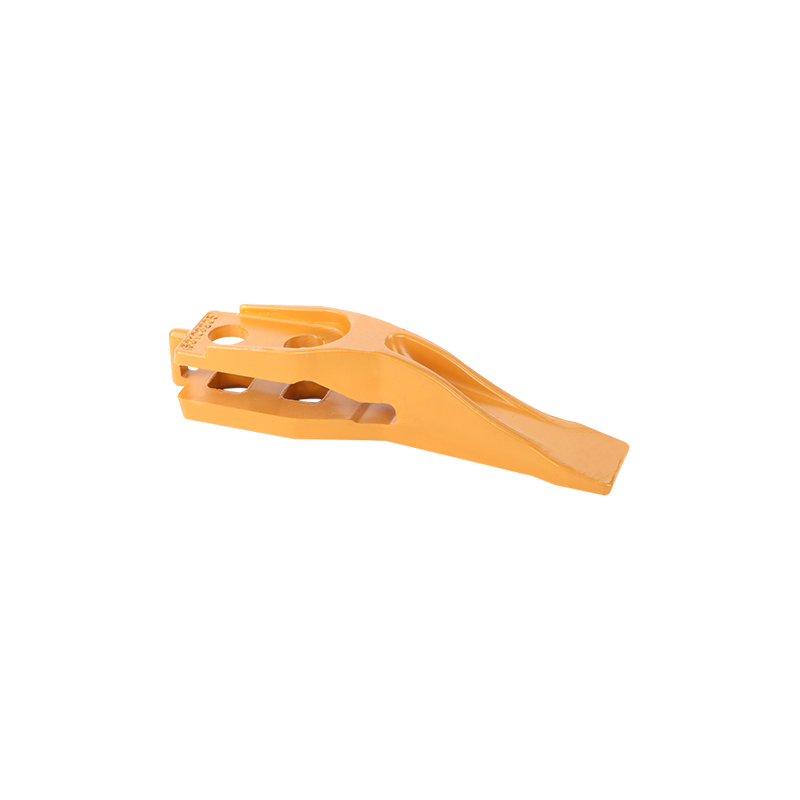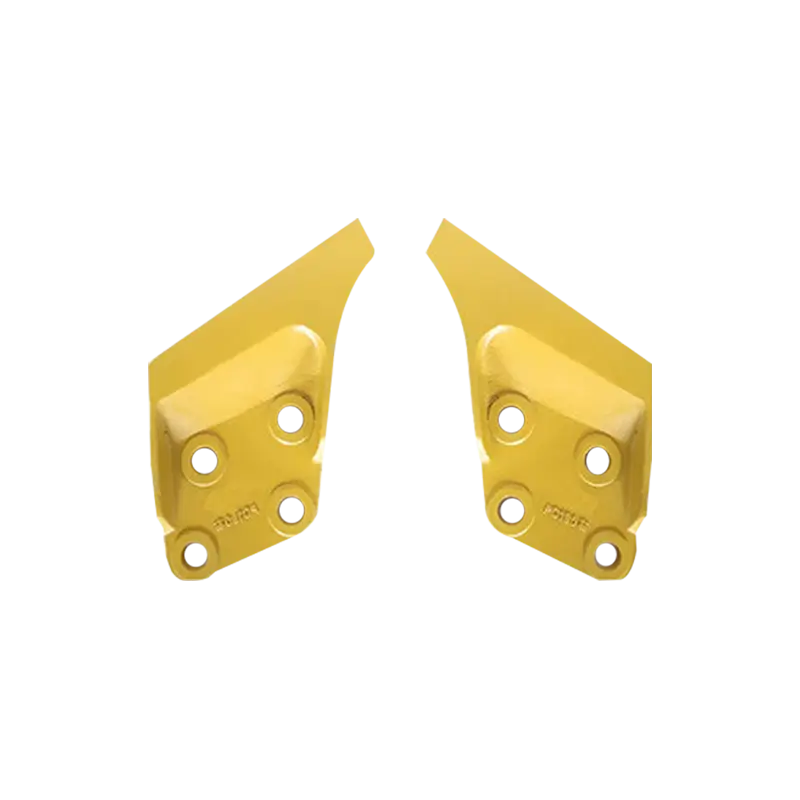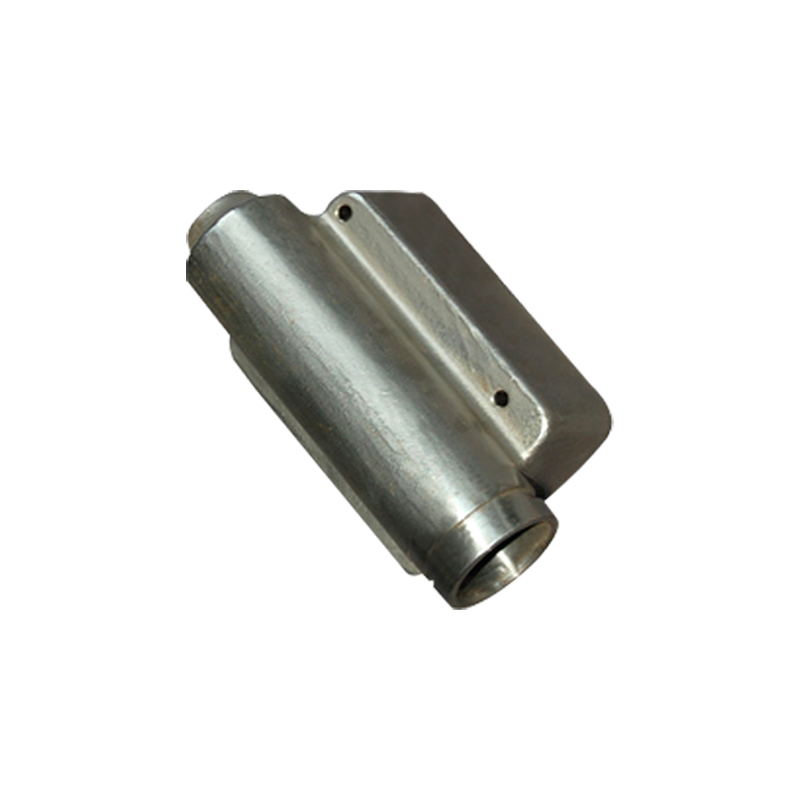Our quality assurance services and processes ensure the reliability of our products and your satisfaction.
Ductile iron, also known as nodular cast iron or spheroidal graphite iron, is a highly versatile and durable material that plays an essential role in modern manufacturing. Unlike traditional cast iron, ductile iron has superior mechanical properties, including enhanced strength, flexibility, and resistance to wear and corrosion. This makes it ideal for use in a wide range of industries, such as automotive, heavy machinery, construction, and infrastructure.
Key Features of Ductile Iron Parts
Ductile iron parts possess several unique characteristics that make them superior to other materials, particularly cast iron and steel, in certain applications. These key features are:
High Strength and Toughness
One of the primary reasons ductile iron is preferred over traditional cast iron is its superior strength. Ductile iron exhibits high tensile strength, meaning it can withstand heavy loads and stresses without breaking or deforming. In addition, its toughness allows it to absorb energy without fracturing, which makes it ideal for applications where parts experience repeated impacts or high stresses, such as automotive suspension components and heavy-duty industrial machinery.
Ductile iron has a higher yield strength compared to standard cast iron, which means that it can tolerate higher levels of stress before permanent deformation occurs. This makes ductile iron parts more reliable in the long term.
Excellent Castability
Ductile iron is easy to cast, which allows for complex shapes and intricate designs to be manufactured with high precision. Its fluidity during the casting process enables it to flow into molds more easily than other materials, allowing for greater design flexibility and reducing the need for additional machining or adjustments. This is a major advantage in manufacturing processes that require high-volume production, as it reduces the overall cost of production.
Casting ductile iron is less challenging compared to other metals like steel because it has a lower melting point, and the process itself is more forgiving in terms of material shrinkage and porosity. As a result, it’s a preferred material for many industries requiring intricate shapes or thin-walled components.
Corrosion Resistance
Ductile iron’s resistance to corrosion is another significant advantage. The spheroidal graphite structure formed during the alloying process provides a dense microstructure that makes the material less prone to rust and other forms of corrosion. This makes ductile iron especially useful in outdoor or marine environments, where other metals like steel may degrade over time.
In industries such as water treatment, where pipes and valves are exposed to harsh, corrosive conditions, ductile iron is a popular choice due to its ability to withstand such conditions without compromising on performance or longevity.

Fatigue Resistance
Fatigue resistance is the ability of a material to endure repeated cycles of stress without failing. Ductile iron has exceptional fatigue resistance, which is critical in applications where parts are subjected to constant or cyclical stress. This property is particularly valuable in industries like automotive and aerospace, where parts such as engine components, gears, and crankshafts must withstand constant load fluctuations.
The unique microstructure of ductile iron contributes to this characteristic by preventing the formation of cracks or fractures, even after prolonged exposure to fatigue-inducing forces. The material can endure thousands or even millions of cycles of stress before failure, making it a reliable choice for critical components that must perform over extended periods.
Machinability
While ductile iron is known for its toughness, it also has excellent machinability. Despite its high strength, ductile iron can be easily machined using conventional tools and equipment, making it cost-effective for mass production. The material’s machinability allows manufacturers to create parts with high precision, reducing the need for additional processing steps.
This is particularly advantageous for industries that require high-performance components, as it allows for fast production without sacrificing quality. The ability to machine ductile iron quickly and efficiently also helps manufacturers meet tight production schedules.
Why Are Ductile Iron Parts Important in Modern Manufacturing?
Ductile iron parts are a crucial component in modern manufacturing because they offer a unique combination of strength, flexibility, and cost-effectiveness. Below, we explore why ductile iron is important in various industries.
Versatility Across Industries
Ductile iron’s versatility is one of its biggest strengths. The material is used in a wide range of applications across various industries, including automotive, construction, agriculture, heavy machinery, and infrastructure. Here are a few examples of how ductile iron is used in different sectors:
- Automotive Industry: Ductile iron is commonly used to manufacture engine blocks, crankshafts, brake discs, and suspension parts. Its high strength-to-weight ratio, resistance to fatigue, and impact resistance make it an ideal choice for critical automotive components.
- Heavy Machinery: Ductile iron is often used in the production of gears, housings, and hydraulic components for heavy machinery. Its ability to withstand high stresses and resist wear makes it perfect for parts that are subjected to heavy loads.
- Construction: Ductile iron is frequently used for pipes, valves, and fittings in water, gas, and sewage systems. Its corrosion resistance and durability make it a reliable material for infrastructure projects that need to withstand harsh environments.
- Agriculture: Parts such as tractor components and agricultural equipment often rely on ductile iron for its wear resistance and durability in tough working conditions.
The ability of ductile iron to meet the needs of such a wide variety of applications is one of the main reasons it remains a cornerstone of modern manufacturing.
Cost-Effectiveness
While ductile iron is a high-performance material, it is also cost-effective compared to other materials such as steel and titanium. The manufacturing process for ductile iron is less complex and less energy-intensive than that for steel, making it a more affordable option for many applications. The material’s ability to be cast into complex shapes also reduces the need for additional machining or processing, which further reduces costs.
Furthermore, ductile iron’s excellent wear resistance means that parts made from this material tend to last longer, reducing the frequency of replacements and maintenance costs. This long-term cost efficiency makes ductile iron a preferred material for both large-scale industrial projects and smaller, budget-conscious applications.
Improved Safety and Reliability
Safety and reliability are critical considerations in modern manufacturing, especially for industries like automotive and heavy machinery, where failure of components can lead to catastrophic accidents. Ductile iron’s high strength, fatigue resistance, and impact resistance contribute to the safety and reliability of parts made from this material.
For example, in the automotive industry, engine blocks and suspension components made from ductile iron are more reliable under stress and less prone to cracking than their cast iron counterparts. In heavy machinery, gears and housings made from ductile iron are better able to withstand the rigors of high-stress environments, ensuring that machines operate smoothly and safely.
Sustainability
Sustainability is an increasingly important factor in manufacturing, and ductile iron offers a significant advantage in this area. The material is highly recyclable, which helps reduce waste and minimize the environmental impact of production. In fact, a large proportion of ductile iron used in manufacturing comes from recycled scrap iron, making it a more environmentally friendly option compared to other materials.
In addition, the durability and longevity of ductile iron parts mean that fewer replacements are required over time, further contributing to sustainability by reducing the need for raw materials and energy consumption.
Enhanced Performance in Harsh Environments
Ductile iron’s resistance to wear, corrosion, and fatigue makes it an ideal choice for components exposed to harsh environmental conditions. Whether in mining, agriculture, or water treatment, ductile iron parts are built to perform under extreme conditions without losing their strength or integrity. This makes it the material of choice for applications where other materials would degrade over time.
 Language
Language
 FT CASTING
FT CASTING








